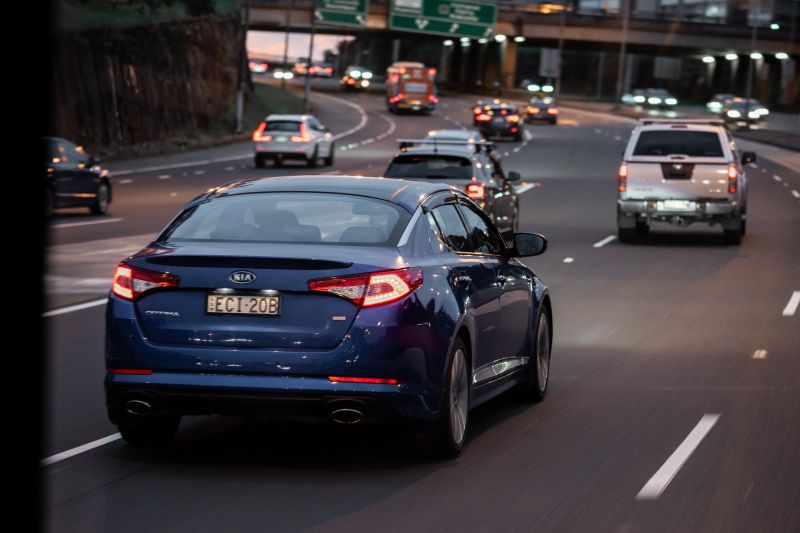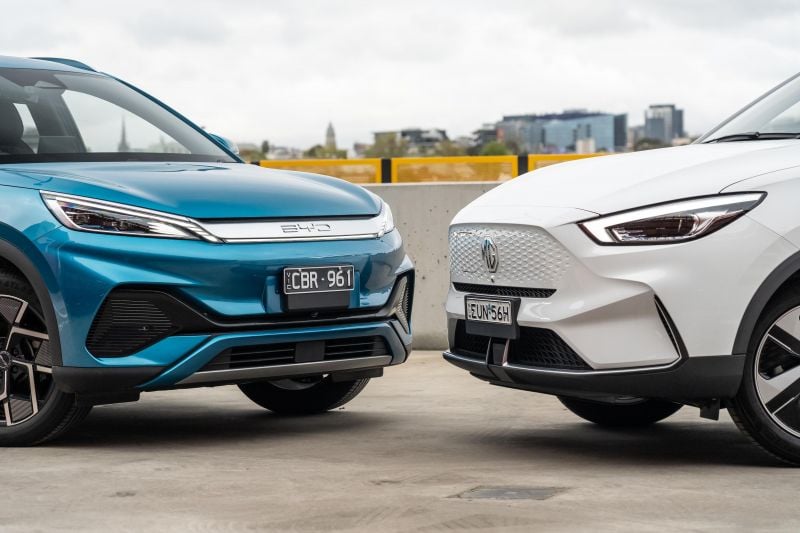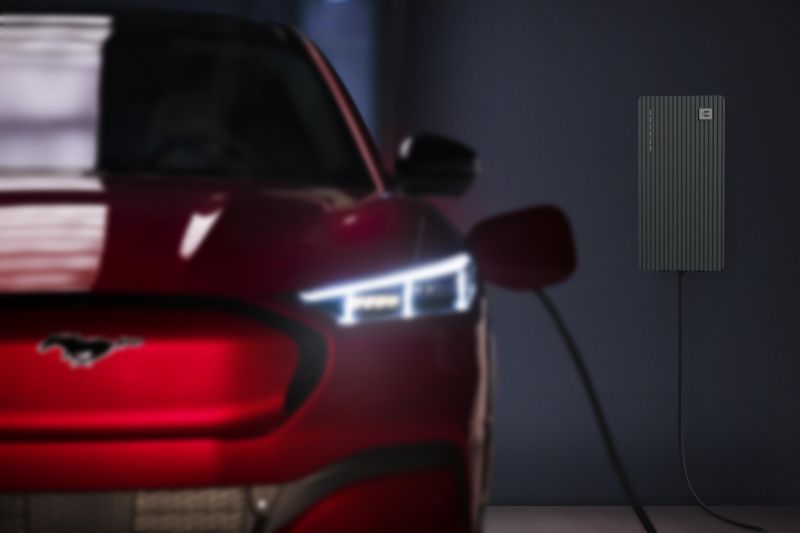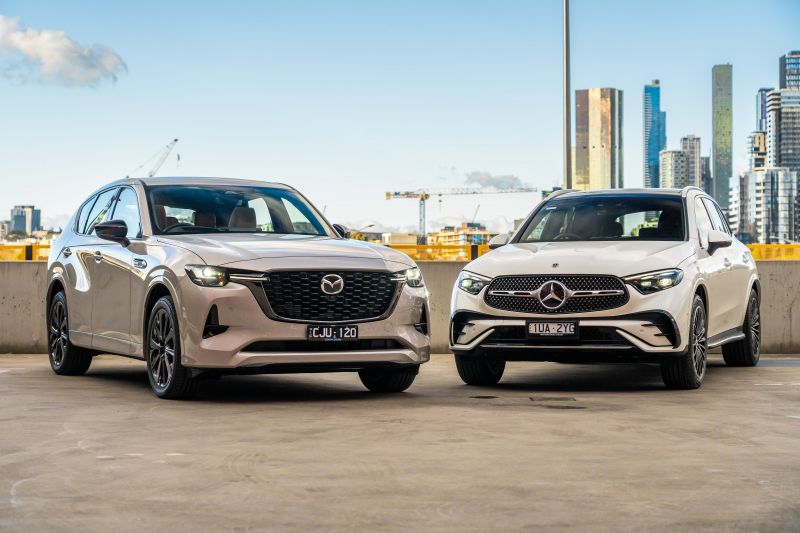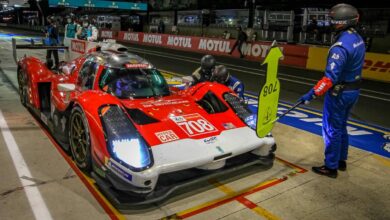What the 2024-25 Federal Budget means for Australian drivers
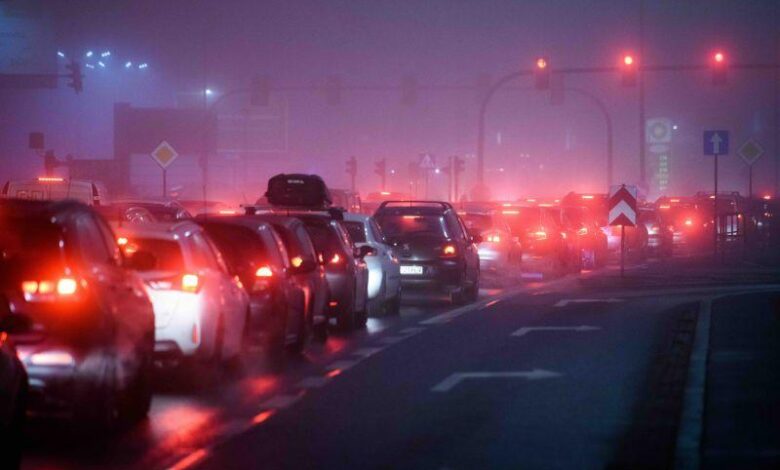
The Federal Budget 2024-25 was announced this evening, with measures such as energy bill reductions and rent relief to tackle the cost of living crisis.
But what in the Budget directly impacts Australian drivers?
Road
The government has a $120 billion infrastructure investment plan, including not only road projects but also railways.
It is investing $4.1 billion over seven financial years from 2024-25 on 65 new priority infrastructure projects, including:
- $500 million to upgrade Mamre Road Phase 2 in Western Sydney, NSW
- $400 million to upgrade priority sections of Elizabeth Drive in Western Sydney, NSW
- $72 million for Port Keats Road in the Northern Territory
- $64 million for the Berrimah Road duplication project in the Northern Territory
- $134.5 million to upgrade the Mt Crosby intersection in Queensland
- $42.5 million to strengthen the Bremer River Bridge (westbound) in Queensland
- $80 million for the Lyell Highway in Tasmania
- $17.6 million for various projects in Victoria
The Government is also investing $54 million in a regional road safety program in Western Australia.
As part of the $10.1 billion investment over 11 years from 2023-24, the Government will invest $3.3 billion in Victoria’s North East Link, as well as:
- $578.6 million for projects in New South Wales, including the $112 million M1 extension
- $431.7 million for Queensland’s Coomera Connector Phase 1
- $133.6 million for various projects in South Australia, including $100 million to upgrade the South Eastern Freeway
- $113.1 million for projects in Tasmania, including $50 million for the Mornington Roundabout upgrade
- $35.9 million for Northern Territory projects, including a $25 million Carpentaria Highway upgrade
- $27.1 million for ACT’s William Hovell Drive duplication
The government is investing in not just roads, but also some big-ticket public transport projects, such as the $1.2 billion rail line from Brisbane to the Sunshine Coast in Queensland.
It will continue to invest $1 billion annually in the Roads to Recover Program, $200 million in the Safer Local Roads and Infrastructure Program, and $150 million in the Points Program black until 2033-2034.
It is also investing $32 million over six years from 2024-25 to improve the National Road Safety Data Center and fund a national education and awareness campaign.
New regulations on emissions
The government said it will provide $154.5 million over six years from 2023-24 and $12.6 million each year continuously to implement New vehicle efficiency standards (NVES).
This includes $84.5 million over this five-year period to establish a regulatory authority to manage NVES, which will collect emissions data, establish a credit trading platform, and implement monitoring and compliance activities.
The annual expenditure of $12.6 million after this five-year period will be used to fund this administration.
It also spent $10 million in 2023-24 on a media campaign on NVES.
They expect NVES to reduce fuel excise tax revenue by $470 million over the four years from 2024-25.
Tram
The NVES roll-out costs mentioned above include $60 million for electric vehicle charging infrastructure at dealerships, redirected from the Powering Australia – National Driving Fund.
The Government said it had also committed $27.7 million “to help Australians benefit from cheaper, cleaner energy sooner by supporting the development of priority reforms to secure energy resources.” consumer energy, such as rooftop solar, home batteries and electric vehicles, contribute to our electric grid.”
It doesn’t provide any details on how it plans to do this.
Luxury car tax
The luxury car tax (LCT) isn’t going anywhere.
The government expects LCT revenue to fall by $180 million in the 2024-25 financial year, to $1.11 billion. However, they expect this figure to increase each year, peaking at $1.33 billion in 2027-28 – up from current levels.
The Australian Automobile Dealers Association (AADA) has criticized the continued introduction of the LCT as well as the Passenger Vehicle Tax, which combined will generate nearly $1.7 billion in revenue this financial year.
“We consider these to be outdated taxes, a relic from the days when Australia manufactured cars here. In particular, the Luxury Auto Tax typically applies to more efficient vehicles and applies optional features that discourage consumers from using safety features,” said AADA Executive Director James Voortman. know.

